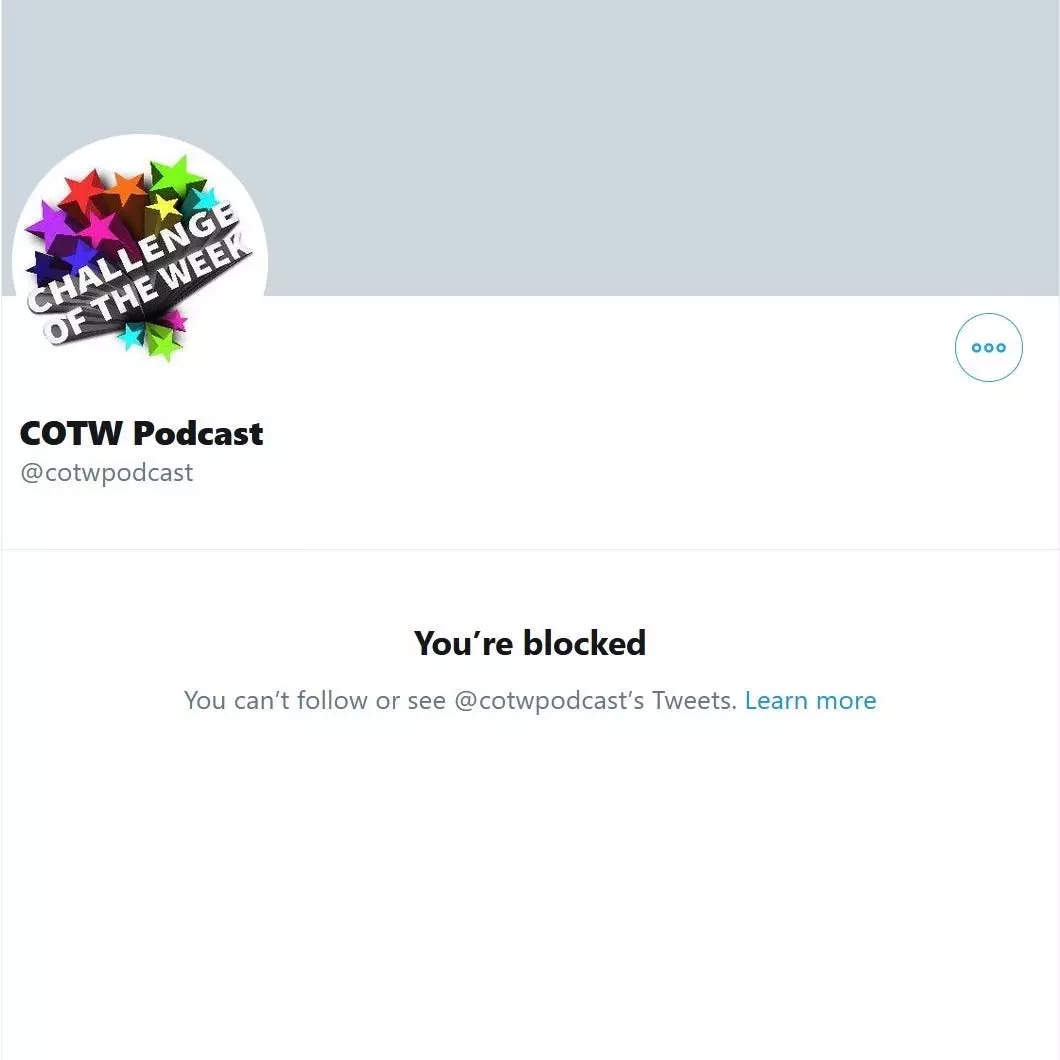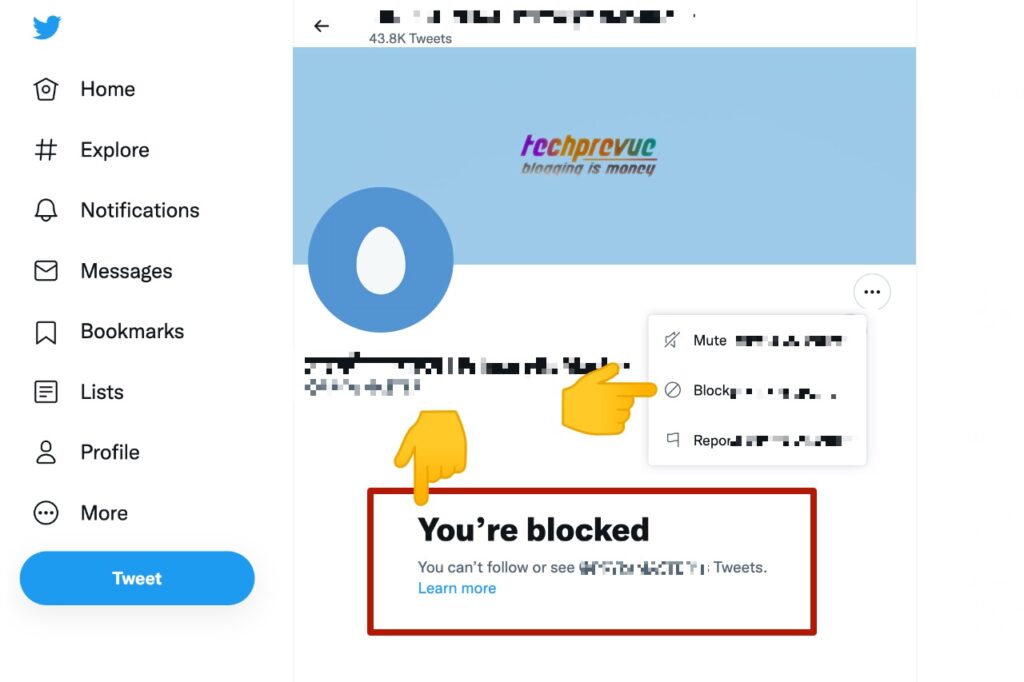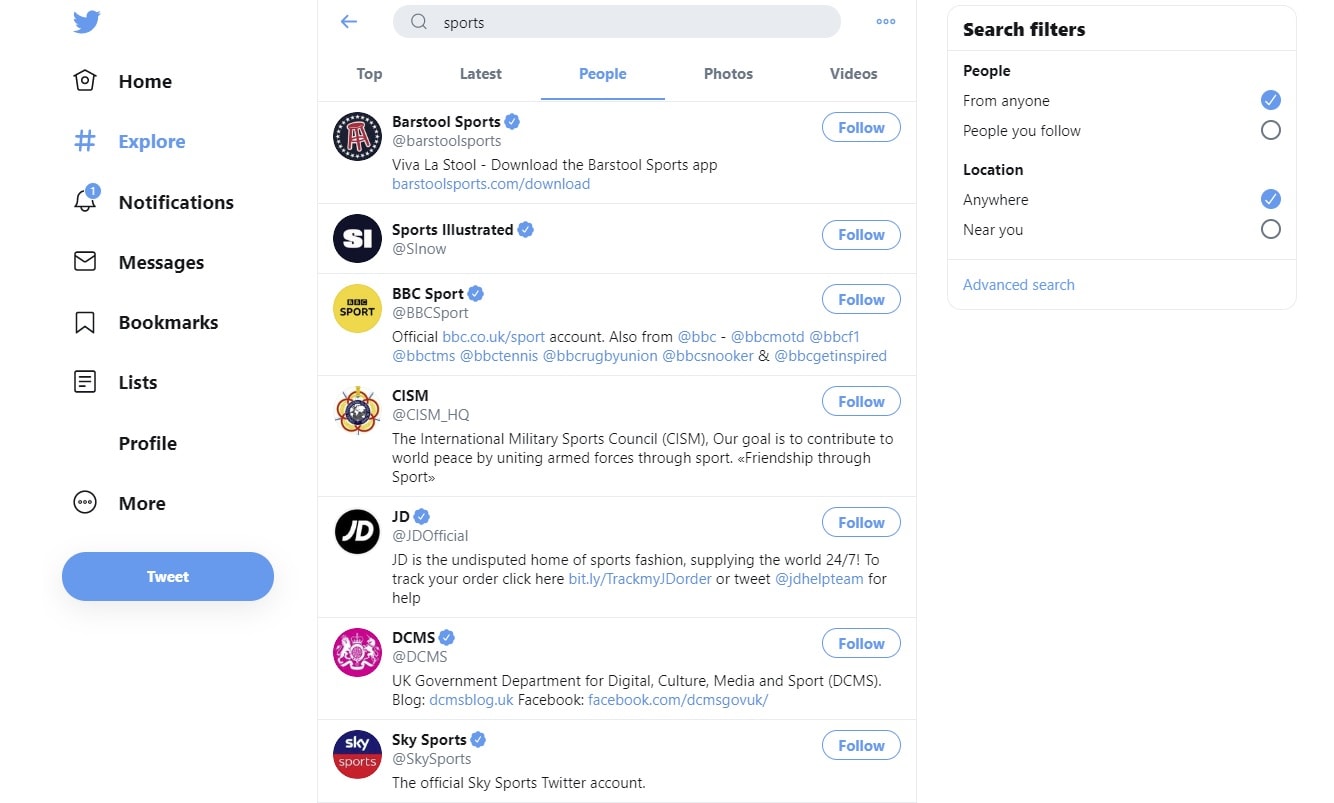Why You Might Be Blocked on Twitter Without Knowing It
Twitter’s vast user base and open nature make it an ideal platform for connecting with others, sharing ideas, and engaging in discussions. However, with the freedom to interact comes the risk of encountering users who may not share the same views or values. As a result, Twitter users may find themselves blocked by others without their knowledge or understanding of the reasons behind it.
Differences in opinion, harassment, or simply not wanting to engage with someone are common reasons why Twitter users might block others. This can be due to a variety of factors, including disagreements on sensitive topics, spamming or self-promotion, or even unintentionally offending someone. Whatever the reason, being blocked on Twitter can affect one’s online presence and interactions, making it essential to understand the implications and how to navigate these situations.
When a Twitter user blocks another account, it restricts the blocked user’s ability to see the blocker’s tweets, send direct messages, or engage with their content. This can lead to a decrease in engagement, reduced visibility, and potential damage to one’s online reputation. Furthermore, being blocked can also limit opportunities for networking, collaboration, and building relationships with others in one’s industry or niche.
Many users wonder how many accounts have them blocked on Twitter, but the platform doesn’t provide a straightforward way to find out. However, understanding the reasons behind blocking and taking steps to improve online interactions can help users maintain a positive online presence and build stronger relationships with others.
How to Find Out Who’s Blocked You on Twitter
Twitter doesn’t provide a straightforward way to find out who has blocked you, but there are several methods to help you discover who’s blocking you. One way is to use Twitter’s built-in feature, which allows you to see if someone has blocked you by trying to visit their profile page. If you’re blocked, you’ll see a message indicating that the user has blocked you.
Another way to find out who’s blocked you is to use third-party tools and browser extensions. These tools can help you track blocks, unblock users, and monitor online interactions. Some popular tools include Block Together, Twitter Block Checker, and Circleboom. These tools can provide valuable insights into who’s blocking you and help you manage your online presence.
When using these tools, it’s essential to respect others’ boundaries and decisions to block. Being blocked on Twitter doesn’t necessarily mean that someone is trying to be malicious or hurtful. It may simply mean that they don’t want to engage with you or see your content. By respecting others’ boundaries, you can maintain a positive online presence and build stronger relationships with others.
Many users wonder how many accounts have them blocked on Twitter, and while there’s no definitive way to find out, using these tools and methods can provide valuable insights. By understanding who’s blocking you and why, you can take steps to improve your online interactions and maintain a positive online presence.
The Impact of Being Blocked on Twitter Engagement
Being blocked on Twitter can have a significant impact on one’s online presence and interactions. When a user is blocked, they are restricted from seeing the blocker’s tweets, sending direct messages, or engaging with their content. This can lead to a decrease in engagement, reduced visibility, and potential damage to one’s online reputation.
One of the primary effects of being blocked is reduced visibility. When a user is blocked, their tweets are no longer visible to the blocker, which can lead to a decrease in engagement and interactions. This can be particularly problematic for users who rely on Twitter for business or professional purposes, as it can limit their ability to connect with potential customers or clients.
In addition to reduced visibility, being blocked can also limit interactions. When a user is blocked, they are unable to engage with the blocker’s content, which can make it difficult to build relationships or participate in online discussions. This can be frustrating for users who value the ability to interact with others on Twitter.
Furthermore, being blocked can also damage one’s online reputation. When a user is blocked, it can create the impression that they are not trustworthy or that they have engaged in behavior that is unacceptable. This can be particularly problematic for users who are trying to build a professional or personal brand on Twitter.
Despite these challenges, it is possible to maintain a positive online presence despite being blocked. By focusing on creating high-quality content, engaging with others, and building relationships, users can mitigate the effects of being blocked and continue to grow their online presence. Many users wonder how many accounts have them blocked on Twitter, but by understanding the impact of being blocked and taking steps to maintain a positive online presence, users can overcome these challenges and achieve their goals on Twitter.
Common Reasons for Being Blocked on Twitter
There are several common reasons why Twitter users get blocked, including spamming, self-promotion, or engaging in heated debates. Spamming, which involves sending unsolicited messages or tweets, is a major reason for blocking. Twitter users who engage in spamming behavior can expect to be blocked by others who value their online experience.
Self-promotion is another reason why Twitter users get blocked. While promoting one’s own content or products is a natural part of online marketing, excessive self-promotion can be seen as spammy or annoying. Twitter users who engage in self-promotion should be mindful of their audience’s needs and interests.
Engaging in heated debates or arguments is also a common reason for being blocked on Twitter. While debate and discussion are natural parts of online interactions, personal attacks or inflammatory language can lead to blocking. Twitter users who engage in debates should be respectful and considerate of others’ opinions.
Other common reasons for being blocked on Twitter include harassment, stalking, or posting explicit content. Twitter users who engage in these behaviors can expect to be blocked by others who value their online safety and security.
Many users wonder how many accounts have them blocked on Twitter, but by understanding the common reasons for being blocked, users can take steps to avoid these behaviors and maintain healthy online relationships. By being respectful, considerate, and mindful of others’ needs and interests, Twitter users can build strong online relationships and avoid being blocked.
Twitter’s Blocking Policy: What You Need to Know
Twitter’s blocking policy is designed to help users manage their online interactions and maintain a safe and respectful environment. According to Twitter’s official policy, users can block others for a variety of reasons, including harassment, spamming, or simply not wanting to engage with someone.
When a user blocks another account, the blocked user will not be able to see the blocker’s tweets, send direct messages, or engage with their content. Twitter also provides a feature for reporting users who engage in abusive or harassing behavior, which can result in the reported user being suspended or terminated.
It’s essential to understand Twitter’s blocking policy and the consequences of violating it. Users who engage in abusive or harassing behavior can expect to be blocked or reported, and may face penalties such as account suspension or termination. On the other hand, users who are blocked unfairly or without reason can report the blocker to Twitter and request that the block be lifted.
Many users wonder how many accounts have them blocked on Twitter, but by understanding Twitter’s blocking policy, users can take steps to maintain a positive online presence and avoid being blocked. By respecting others’ boundaries and decisions to block, users can build strong online relationships and maintain a safe and respectful environment on Twitter.
Twitter’s community standards emphasize the importance of respectful communication, active listening, and constructive debate. By following these guidelines, users can create a positive and engaging online experience for themselves and others.
Rebuilding Your Twitter Presence After Being Blocked
Being blocked on Twitter can be a frustrating experience, especially if you’re not sure why you were blocked or how to recover from it. However, with the right strategies and mindset, you can rebuild your Twitter presence and maintain a positive online reputation.
One of the first steps to rebuilding your Twitter presence is to focus on creating high-quality content that resonates with your audience. This can include sharing valuable insights, engaging in meaningful conversations, and posting relevant and timely updates. By creating content that adds value to your audience, you can attract new followers and rebuild your online presence.
Another important step is to engage with others on Twitter. This can include responding to comments and messages, participating in online discussions, and using hashtags to connect with others who share similar interests. By engaging with others, you can build relationships and establish yourself as a credible and trustworthy voice in your industry.
In addition to creating high-quality content and engaging with others, it’s also important to focus on growing your online presence. This can include using Twitter’s built-in features, such as Twitter Ads and Twitter Analytics, to reach new audiences and track your performance. You can also use third-party tools and browser extensions to help you manage your Twitter presence and stay on top of your online interactions.
Many users wonder how many accounts have them blocked on Twitter, but by focusing on creating high-quality content, engaging with others, and growing your online presence, you can rebuild your Twitter presence and maintain a positive online reputation. Remember to always respect others’ boundaries and decisions to block, and to focus on building positive and meaningful relationships with others on Twitter.
Tools for Managing Blocked Accounts on Twitter
Managing blocked accounts on Twitter can be a challenging task, especially if you have a large number of followers or engage in frequent online interactions. Fortunately, there are several third-party tools and browser extensions that can help you manage blocked accounts on Twitter, including features for tracking blocks, unblocking, and monitoring online interactions.
One popular tool for managing blocked accounts on Twitter is Block Together, a browser extension that allows you to track blocks, unblock users, and monitor online interactions. Another tool is Twitter Block Checker, a web-based tool that allows you to check if someone has blocked you on Twitter.
Circleboom is another tool that can help you manage blocked accounts on Twitter. This tool allows you to track blocks, unblock users, and monitor online interactions, as well as provide insights into your Twitter presence and engagement.
Many users wonder how many accounts have them blocked on Twitter, but by using these tools, you can gain valuable insights into your online presence and engagement. By tracking blocks, unblocking users, and monitoring online interactions, you can maintain a positive online reputation and build strong relationships with others on Twitter.
When choosing a tool for managing blocked accounts on Twitter, consider the features and functionality that are most important to you. Look for tools that are easy to use, provide valuable insights, and offer features for tracking blocks, unblocking, and monitoring online interactions.
Best Practices for Healthy Twitter Interactions
Maintaining healthy online relationships on Twitter is crucial for building a positive online presence and engaging with others in a meaningful way. By following best practices for healthy Twitter interactions, you can create a positive and respectful online environment that fosters constructive debate, active listening, and respectful communication.
One of the most important best practices for healthy Twitter interactions is to engage in respectful communication. This means avoiding personal attacks, inflammatory language, and hurtful comments. Instead, focus on engaging in constructive debate and respectful dialogue with others.
Active listening is another key best practice for healthy Twitter interactions. This means taking the time to read and understand others’ tweets, responding thoughtfully, and engaging in meaningful conversations. By actively listening to others, you can build stronger relationships and create a more positive online environment.
Constructive debate is also an essential best practice for healthy Twitter interactions. This means engaging in respectful and thoughtful discussions with others, even when you disagree. By focusing on the issue at hand, rather than making personal attacks, you can create a more positive and respectful online environment.
Many users wonder how many accounts have them blocked on Twitter, but by following these best practices for healthy Twitter interactions, you can build a positive online presence and engage with others in a meaningful way. By focusing on respectful communication, active listening, and constructive debate, you can create a positive and respectful online environment that fosters healthy online relationships.






